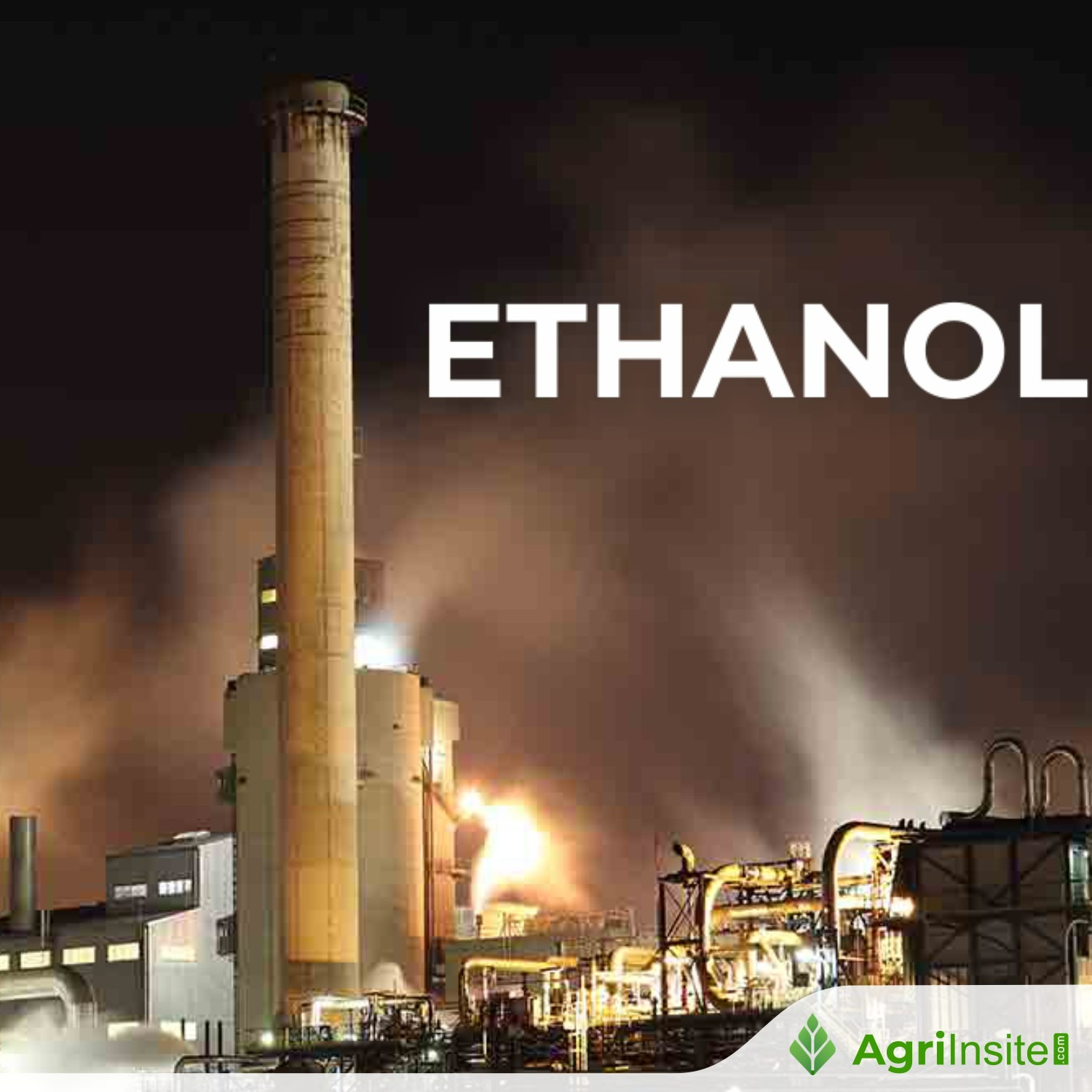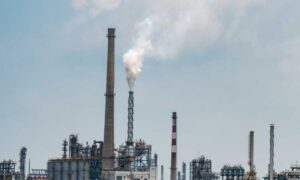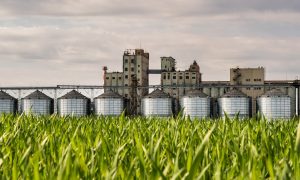Australia’s ethanol plants under utilised by 60pc

Australia’s ethanol refineries operate at 40% capacity, with calls for increased government support to scale production. Challenges include feedstock costs, inconsistent policies, and underutilized facilities like the Dalby refinery. Manildra leads production and plans expansion. Industry advocates urge stronger mandates and incentives to boost local refining and meet decarbonization goals. The future depends on policy reforms and market demand.
DESPITE efforts to boost domestic production of low-carbon liquid fuels (LCLF), Australia’s ethanol refineries are operating at 40 percent of their combined capacity, with industry urging greater support to scale up output at these facilities.
Only two refineries are currently operating at a commercial capacity in Australia, with a third mothballed and reputedly for sale.
Total ethanol production between these sites has been pegged at about 175 megalitres in 2022, despite having an estimated capacity of 440ML, according to Bioenergy Australia.
These refineries currently rely on or have previously used grain, such as sorghum, and by-products of primary processing, like wheat starch and molasses, as feedstocks for ethanol production.
Manildra’s Shoalhaven Starches facility at Nowra in New South Wales dominates the market, producing ethanol from wheat starch.
This site has a maximum annual capacity of 300ML.
The ethanol is used in a range of applications, such as food, beverages, pharmaceuticals, personal care, industrial applications, and transport fuels.
Australia’s other operational plant, Wilmar’s Sarina refinery in Queensland’s Mackay region, makes ethanol from molasses, a byproduct of the sugar industry.
The Sarina refinery has the capacity to produce up to 60ML of ethanol per year; about two-thirds of Wilmar’s ethanol is sold domestically for use in blended petrol products.
Before closing in mid-2020, United Petroleum’s Dalby biorefinery on southern Qld’s Darling Downs was the only facility of its kind to produce ethanol as a primary output.
The facility could manufacture up to 80ML per year using sorghum purchased from growers in the region.
Its distillers grain by-product was sold as stockfeed.
At maximum capacity, the refinery could use up to 200,000 tonnes of sorghum; however, the USDA estimates that in the years 2013-2020, it used a maximum 151,000t.
Industry sources have said the plant is for sale, although no public campaign was launched by owner United Petroleum.
Outside of these facilities, small or pilot plants under development.
These include Ethtec’s Hunter Pilot bio-refinery, located at Muswellbrook in NSW, and under way with government financial backing.
Using non-food feedstocks such as crop stubble and forest material, the plant was estimated to have a total output capacity of 270,000l.
Calls to increase production
Scaling up the operational facilities and reopening Dalby has been a key recommendation of think tanks and industry groups, such as the CSIRO and Bioenergy Australia.
CSIRO’s Sustainable Aviation Roadmap released in 2023 called for the Dalby plant to be reopened to “maximise local ethanol production” as part of its medium-term goals out to 2035.
In submissions to the Federal Government, Bioenergy Australia said scaling up production at the existing plants could “support immediate decarbonisation of key sectors”.
“There is a clear need and opportunity for the Government to support our existing and operational domestic production capabilities,” Bioenergy Australia said in a submission to the Federal Government’s Unlocking Australia’s LCLF Opportunity consultation.
Bioenergy Australia CEO Shahana McKenzie told a recent CSIRO webinar, The progress and future of Sustainable Aviation Fuel, this could be a positive first step for government and industry to support.
“We already have some existing facilities that we are underutilising, so that is definitely low-hanging fruit that we should be exploring,” Ms McKenzie said.
This view was supported by commercial industry partners, global airplane manufacturer Boeing and US-based sustainable fuel-technology company LanzaJet.
“Where we can utilise existing facilities, we really should do so, and we should explore the opportunities at least in the short to medium term,” Boeing regional sustainability lead Kimberly Camrass said.
LanzaJet regional director Asia Pacific Flyn van Equijk said it was “an immediate opportunity” for the industry “to tap into some of that” existing infrastructure.
Feedstock challenges
A key barrier for potential plans to re-open Dalby and bring new players into the market is challenges associated with accumulating appropriate cost-effective feedstock.
The success of Manildra and Wilmar operations appears to be their ready access to relatively low-cost feedstock as by-products of other manufacturing processes making gluten and sugar respectively, while United Petroleum purchased sorghum from growers in competition with other buyers.
However, as all three plants rely on the success of crop production, they are exposed to risks to feedstock supply and cost, such as global price fluctuations, drought, and flooding.
In its February 2024 Ethanol Fuel Production in Australia document, IBISWorld reported that feedstock purchases represented the industry’s largest cost at about 60pc of its revenue.
“Purchase costs account for the largest component of the industry’s cost structure and have risen as a share of revenue in response to an upwards trend in the domestic prices of sugar and wheat,” the report said.
IBISWorld estimated that Wilmar’s molasse feedstock would make it the “lowest feedstock cost per litre of ethanol produced” compared to Manildra.
In Qld, AgForce Grains president Brendan Taylor said the higher cost of sorghum during the 2019-20 drought could have significantly impacted the Dalby refinery operations.
“The cost of grain at the time was very high as 2019 was a very dry year and not a lot of sorghum was grown just because it was so dry,” Mr Taylor said.
“Any sorghum that was produced was trading in the low $400s.”
Government policy opportunities
The lack of enforced and consistent government policies and incentives to support the production and demand for ethanol has also been a long-term stumbling block for the industry.
According to a recent NSW Independent Pricing and Regulatory Tribunal report, about 196ML of fuel-grade ethanol was sold in the east coast of Australia in 2023, 108ML in NSW, 57ML in Queensland and 30ML in Victoria.
It said this would amount to a “substantial excess domestic production capacity”.
NSW and Qld are the only states with demand-side measures, in the form of ethanol fuel mandates of 6pc and 4pc respectively.
These policies set a minimum requirement for the sale of bio-based petrol and diesels and were designed in part to support the domestic ethanol industry.
However, evidence suggests these levels were never reached, with the USDA even calling them “aspirational targets” rather than an enforceable mandate.
The USDA estimated that with exceptions, in 2021 the levels were around 2pc for bioethanol petrol in NSW, and 1.6pc in Qld.
Bioenergy Australia is calling for other demand-side measures to support the usage of ethanol and other LCLF.
The organisation has recommended government procurement targets for LCLF, the extension of the excise/fuel tax mechanism to support renewable fuels, and the implementation of a mandate “introduced over time”.
“This is really about some strong signals from government to basically support standing up domestic refining,” Ms McKenzie said.
Manildra expansion plans
Despite stagnating production and local demand, Australia’s biggest ethanol producer, Manildra, appears to be bucking this trend by focusing on expanding markets.
The company appears to be focusing on targeting production of beverage-grade ethanol for the food and beverage, pharmaceuticals, and personal-care sectors.
It is currently progressing plans to expand capacity at its Nowra plant to 450ML via the construction of new distillery columns and associated plant infrastructure.
Manildra is also in the process of constructing a new ethanol storage and export facility at Port Kembla.
The project will include a bulk liquid storage terminal with a 24ML capacity, truck loading and unloading capabilities, and ship loading capabilities of up to 1ML per hour.
It is expected that the facility will be completed in early-2025.
To read more about Ethanol Industry & Bio Energy News, continue reading Agriinsite.com
Source : Grain Central
















